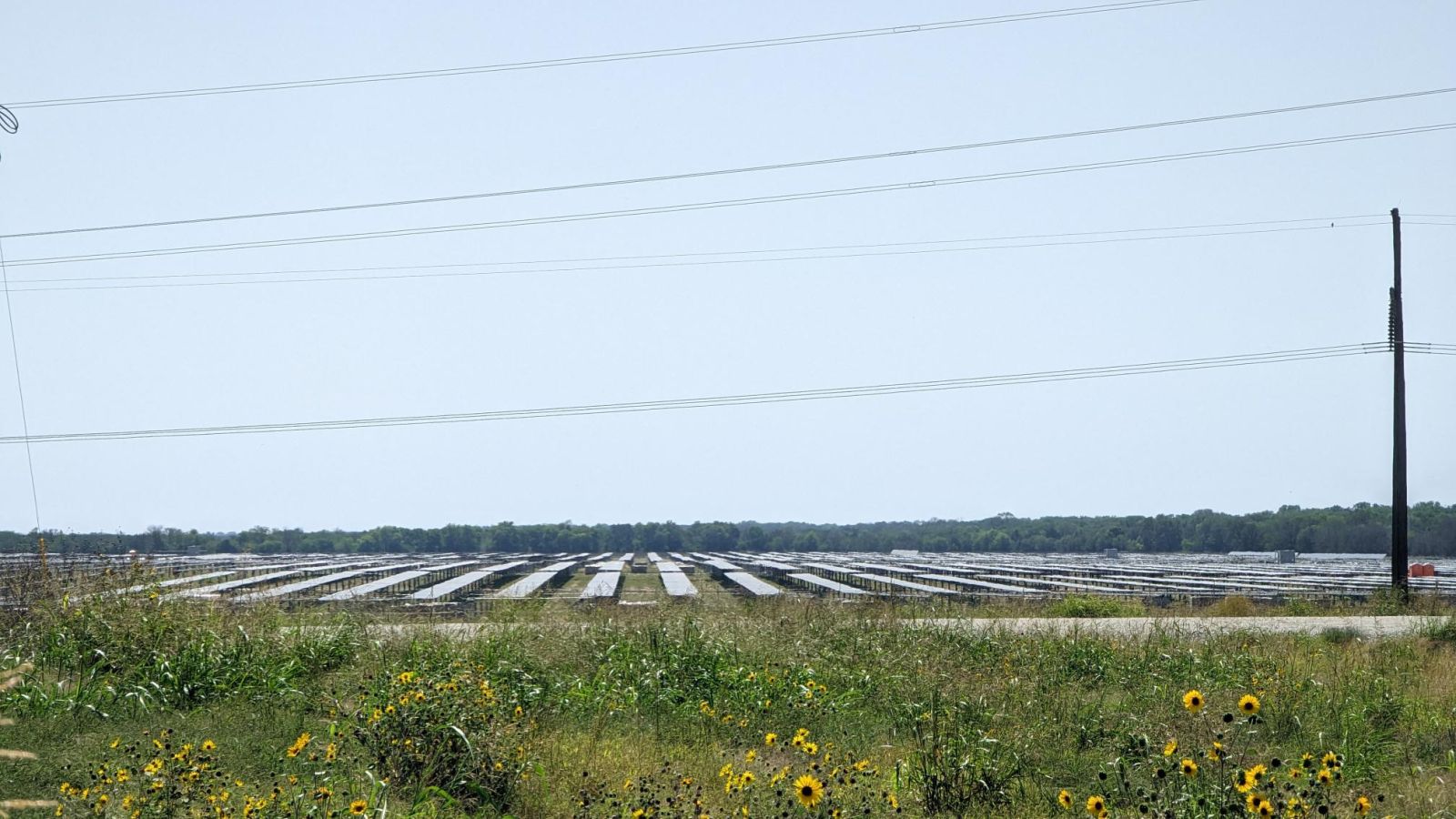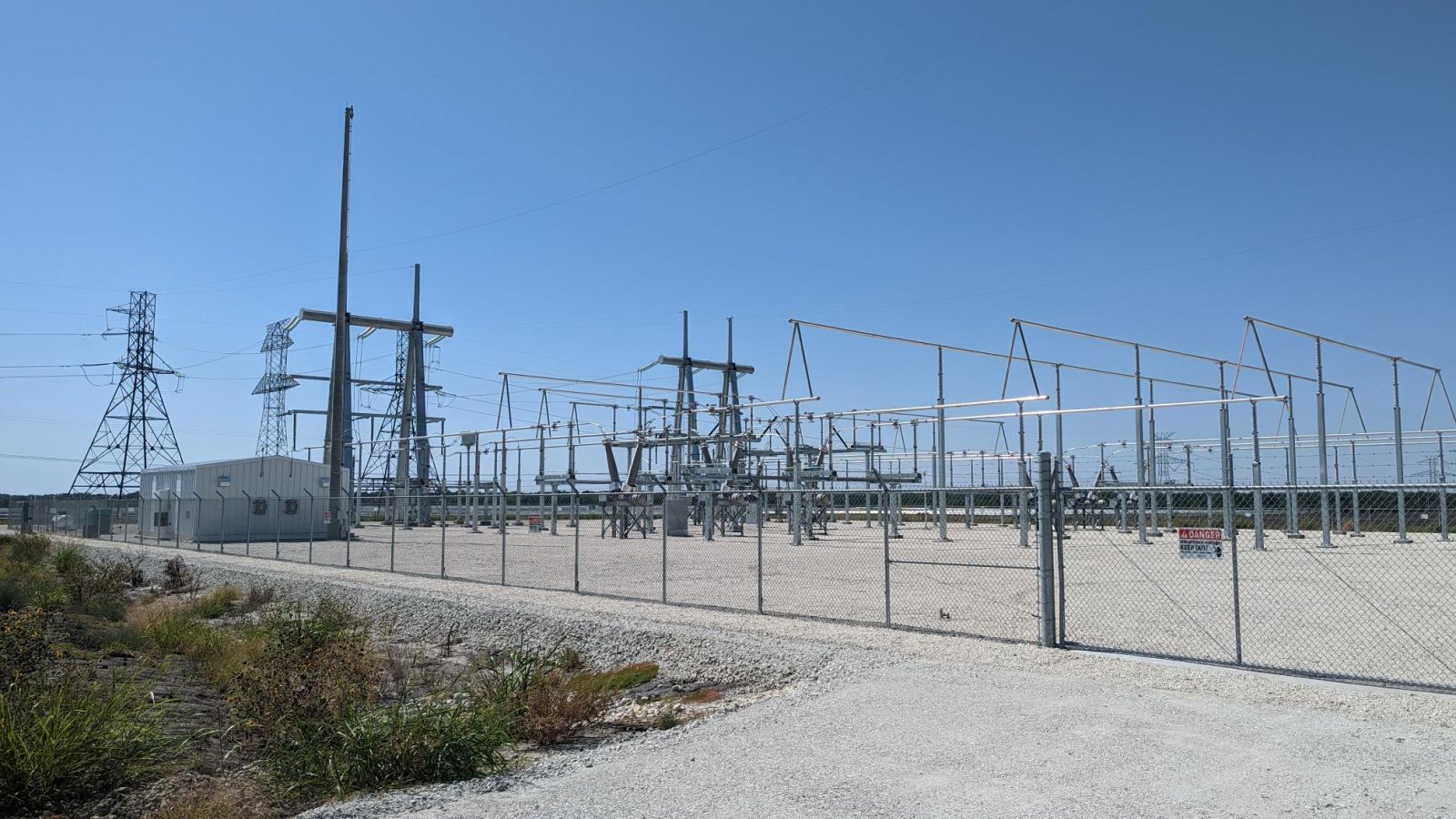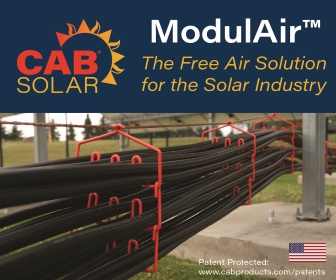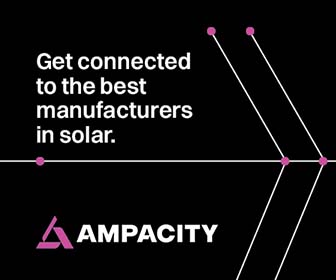Foundations of Submitting an Interconnection Application: A comprehensive guide for utility-scale generation and energy storage facilities
As the renewable energy industry continues to grow, the deployment of utility-scale generation and energy storage facilities is becoming increasingly common. While these developments are essential to the energy transition, the process of submitting an interconnection application can be a complex, and sometimes daunting, task.

Types of applications
Distributed Generation (DG) and Distributed Energy Storage Resource (DESR) process
This process is designed for resources requesting interconnection to the transmission/distribution service provider’s (TDSP) distribution system, commonly between the 12 to 33 kV voltage level. These projects can range from 1 to 9.9 MW in some regions, and can reach 20 MW in other regions.
Fast-track process
In some parts of the country, there is a fast-track process for projects connecting to the distribution (or transmission) system that require little or no upgrades to interconnect. This process allows for expedited interconnection review as long as the project meets the required criteria.
Large generator study process
This process is applicable to larger projects that do not qualify for the DG/DESR or fast-track processes. Generation and energy storage facilities that are 20 MW and above submit application to connect to the TDSP’s transmission system at a voltage level of 69 to 500 kV. The large generator study process typically consists of a series of studies, which include a feasibility study, a system impact study (steady-state, short circuit, and dynamic stability), and a facilities study. The objective of these analyses is to assess the impact of the proposed project on the transmission system, and to identify any needed network upgrades and interconnection facilities.
Cluster study process
For projects located in areas with a high level of new interconnection requests, the cluster study process is used to evaluate multiple projects at once. This allows the TDSP to perform a more comprehensive analysis of the cumulative impacts on the grid. In this process, proposed facilities are evaluated as a cluster; network upgrades would ultimately be assigned to the whole cluster, with cost responsibility determined based on the size of the resource and contribution to the overloaded elements.

Understanding the interconnection process
The interconnection process typically follows several key steps, including:
- Pre-Application - Before submitting an interconnection application, it is crucial to research and understand the interconnection requirements of the local utility, RTO, or ISO, and engage in early discussions to avoid potential issues. Furthermore, it is recommended that renewable developers perform high level or detailed injection studies (aka full transmission analyses) to determine the import/export capability at the desired point of interconnection (POI).
- Application Submission - The interconnection application requires documents and fees to be completed and submitted within the interconnection request (IR) window. For an application to be deemed complete, it should contain the follow: a substation one-line diagram (OLD), collector system OLD, steady-state and dynamic models (PSSE/PSLF/PSCAD), proof of site control (or payment in lieu of), geographic map of the proposed site, a site layout, and details of the proposed facility, such as size, location, and POI.
- Application Review - The utility, ISO, or RTO will review the application to ensure it is complete and meets all requirements. They will then notify the developer if additional information is needed, or if there is a deficiency that needs to be cured by the interconnecting entity (IE).
- Interconnection Studies, Network Upgrades, and Interconnection Facilities - Depending on the type of interconnection application and region, the utility, ISO, or RTO will conduct the necessary studies to assess the impact of the project on the grid. If network upgrades are required (in some areas they are not), the developer will be responsible for the costs.
- Interconnection Agreement - Once the studies are completed, and any necessary upgrades identified, the utility, ISO, or RTO will provide the interconnection entity with a draft interconnection agreement. This agreement outlines the terms and conditions for connecting the solar facility to the grid, including any required interconnection facilities and network upgrades, as well as the timeline for construction. This may be a 3-party or 2-party agreement, depending on the jurisdiction. Only after the interconnection agreement is fully executed by allparties can financial security be provided (typically via a Letter of Credit), and notice to proceed (NTP) be given.
Checklist of required documents and information
When submitting an interconnection application, it is essential to include all required documents and information. These may vary by utility or ISO, but typically consist of:
- Interconnection application form.
- Substation and Collector System One-Line Diagrams (OLDs) showing electrical interconnection details.
- Technical specifications for solar panels/wind turbines/batteries, inverters, and other major equipment.
- Estimated project schedule and milestone dates. The most important dates are the In-Service Date (ISD), Synchronization (Sync) Date, and Commercial Operation Date (COD).
- An equivalent and detailed steady-state model.
- An equivalent dynamic model.
- Power Systems Computer Aided Design (PSCAD) model, if needed.
- Aspen One-Liner short circuit model, if needed.
- Flat run plot and bump test for positive sequence software.
- Proof of site control, such as a lease or purchase agreement.
- the IE could also provide a deposit, in lieu of site control.
- Application fees, as required by the utility, ISO, or RTO.
- Site plan, including location and layout of the wind, solar, or energy storage facility.
Working with a qualified interconnection engineer
.jpg)
It is important to work with a qualified, electrical power systems engineer who specializes in generation interconnection (also known as an interconnection engineer). This will ensure that the interconnection application is submitted correctly and on time. These professionals have extensive experience navigating the interconnection process, and can provide valuable guidance on application preparation and submission. Consulting firms have many interconnection engineers that can assist with interconnection application preparation, as well as support through the interconnection process. They can also assist with responding to any technical concerns or data requests by the utility, ISO, or RTO during the review process. Interconnection engineers can also give valuable input on the optimal interconnection point for the solar, wind, or BESS facility, providing opportunities for cost savings.
Successfully submitting an interconnection application requires a thorough understanding of the different types of applications and processes specific to the utility, ISO, or RTO of the region where the proposed project is located. Qualified interconnection engineers help developers navigate this complex process more efficiently, ensuring that their projects are connected to the grid in a timely and cost-effective manner. As the renewable energy industry continues to expand, understanding the foundations of submitting interconnection applications will be essential for the success of future renewable energy projects.
Ramsey Ayass, P.E. is Senior Manager, Energy Resources - West/Central at Electric Power Engineers, a consulting firm focused on the energy transition, providing power systems engineering services to a diverse client base.
Electric Power Engineers | epeconsulting.com
Author: Ramsey Ayass, P.E.
Volume: 2023 July/August










.png?r=8180)

